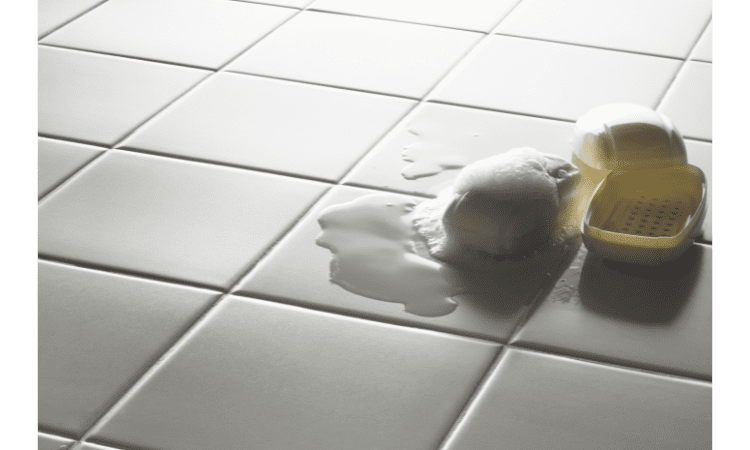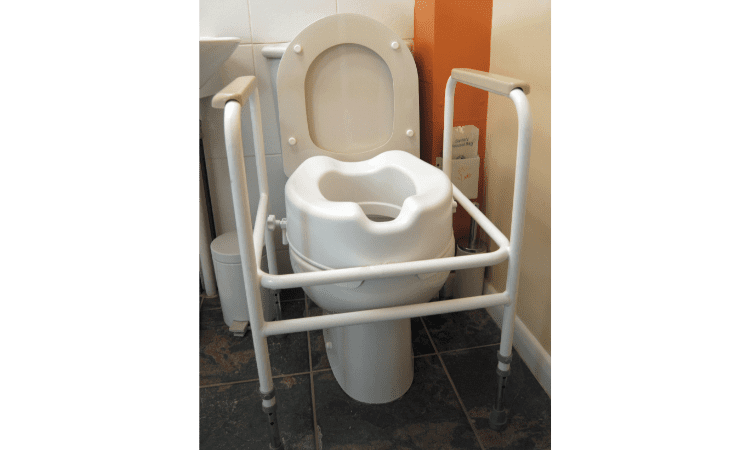
A bathroom is a place for you to take care of your personal hygiene, but it can also be a dangerous place for older adults who have physical disabilities or limited mobility. The one thing that many people do not think about when they are creating their washrooms is the safety factor. It’s important to keep in mind that not all disabilities are visible, so if you have an elderly parent or relative who has a disability, it may be difficult to tell what kind of accommodations they need in order to use the washroom safely and comfortably on their own without any help from other family members. If you are planning on putting a senior into assisted living soon, then these tips will help make sure they stay safe while using this room in your home.
Why do we design bathrooms secure and accessible for disabled or older persons?
We design washrooms secure and accessible for physically challenged or seniors because it is important to everyone.
The washroom is the most used room in the house, so it is important that you make this room a comfortable place to be. This can be done with simple changes like adding grab bars and installing an automatic toilet lid opener. Even simple changes like these can help someone who has trouble lifting their arms or bending down due to arthritis, fibromyalgia, or other medical issues.
Washrooms are also used by children who don’t have the strength to open heavy doors on their own. Make sure your child’s washroom has locks on both doors so they won’t get locked inside while they’re using the toilet.
How do we design washrooms safe and helpful for the disabled or seniors?
Install grab bars in the bathroom

Grab bars are one of the most helpful additions you can make to a washroom. They’re most useful in bathtubs and showers, but don’t overlook their potential in the toilet area too. If you’re installing a grab bar for safety reasons or to help someone with limited mobility use their washroom more easily, keep these tips in mind:
- Install the grab bar low enough so that it’s within arm’s reach when standing up from sitting on a toilet, tub ledge, or shower seat.
- Make sure there is plenty of clearance between the wall and any fixtures that might get damaged by contact with a grab bar—in particular if you’re installing rails over bathtubs or showers where water flows through regularly.
Walk in shower

You can help your loved one with a walk-in shower. These showers are easy to use and build into the bathroom. They have no doors, so you don’t have to worry about them falling out or getting stuck. It’s also easier for caregivers to clean and maintain them because they don’t need as much maintenance as other types of washrooms.
If you’re interested in making your home safer for your loved one with Alzheimer’s disease or dementia, consider installing a walk-in shower. This type of washroom is great if they have mobility issues, physical disabilities, mental disabilities, or any combination thereof; it will make bathing an easier task for everyone involved! Also, consider adding grab bars around the tub or toilet area so that your loved one doesn’t slip when getting in or out of their bathrobe (or nightgown).
Install handheld shower head

Installing a handheld shower head can be the best option for physically challenged or seniors. A hand-held shower head is the most efficient way to bathe anyone who has mobility issues and needs assistance with their bathing.
Hand-held shower heads are easy to use because they provide better control over the direction of water flow and help with safety by keeping you standing in one place while you wash up, rather than having to step carefully around the tub or bathtub while washing yourself. They’re also easy to install and remove if needed, so they don’t have any permanent fixtures that will cause damage when removed later on down the road if/when your situation changes again.
Shower seats

Shower seats are designed to make it easier for elderly and physically challenged people to get in and out of the shower. If anyone with a disability needs help getting in or out of the bathtub, a shower seat may be just what they need to feel more independent when bathing.
Shower seats are also useful for seniors who are recovering from surgery or who have difficulty bending down. Shower chairs can help them get in and out of the tub safely in their own homes before going back home after being discharged from the hospital.
Always retain the bathroom floor clean and dry

The bathroom floor can be a slippery hazard, even for the most able-bodied people. Always retain the floor clean and dry. Make sure to clean it every day, or at least every other day if you can’t fit in daily cleaning. You could use a squeegee to wipe down any water that gets onto your washroom floor after taking showers or baths, but if you don’t have one handy, just use some paper towels or toilet paper instead.
You could also mop up any leftover moisture with a super absorbent bath mat; just make sure no one has to step over it while they’re getting ready in the morning! Just remember: Don’t walk around barefoot on wet floors—it’s very risky for everyone.
You might also consider using a vacuum cleaner attachment to remove dirt particles from your tiled surfaces (with an extra high suction power). This will help prevent bacteria from growing on surfaces where people walk around often without wearing shoes like tile floors inside washrooms as well as ceramic tops found within kitchens throughout homes worldwide.
Use anti-slip mats

The bathroom is one of the most dangerous places in your home. It’s where accidents happen, and the last thing you want to do is leave a disabled or senior vulnerable to injury.
We recommend using anti-slip mats in the washroom for safety reasons. But there are also other benefits: an anti slip mat can make it more comfortable for someone who uses a wheelchair, walker, or cane. The mat provides support for their feet as they get into and out of their chair or tub. The extra cushioning prevents calluses on their skin from developing from being on hard surfaces all day long.
You should also use anti-slip mats if you have slippery floors like ceramic tile or marble because it will help prevent falls when getting up from sitting down at night time too.
Easily reach the bathroom essentials

It’s important to place the bathroom essentials within reach of the physically challenged and seniors. If they can’t reach them, they might struggle to use the toilet or get their clothes on. You should also make sure that the washroom essentials are within reach of the physically challenged or senior elders. This way, you won’t run into any problems as well.
The best way to do this is by storing all essential items in a cabinet next to the sink area. That way, everything you need will be within easy reach when you’re preparing for your day – no matter what kind of disability or age difference there may be between you and another person using this bathroom space.
Also Read: How to neutralize bathroom odours
Install a raised toilet seat

A raised toilet seat is the best thing you can do to make your washroom safer, especially if you have a senior or someone with a disability living in your home.
Raised toilet seats allow people with mobility issues to sit down comfortably and safely on the toilet without having to bend over or squat. They also help avoid potentially dangerous falls by preventing users from slipping off of the back of their seats as they get up.
Light is available in the bathroom

It’s critical to have good lighting in the washroom. This is not just important because it’s necessary for safety, but also because many people are at higher risk of falls and injury when they use the washroom than at any other time of day.
Lighting should be bright and adjustable. It should also be easy to reach, turn on or off, and replace or clean if the bulb burns out (which happens more frequently with seniors).
Conclusion
There are many ways to make a bathroom risk-free and helpful for the disabled or seniors, but the most important thing is to think about how you can help those in need. The bathroom is one of the most important rooms in a home, so it should be accessible for everyone—no matter their age or abilities. If you’re going to renovate your bathroom anyway, consider some of these suggestions so everyone can enjoy it.











